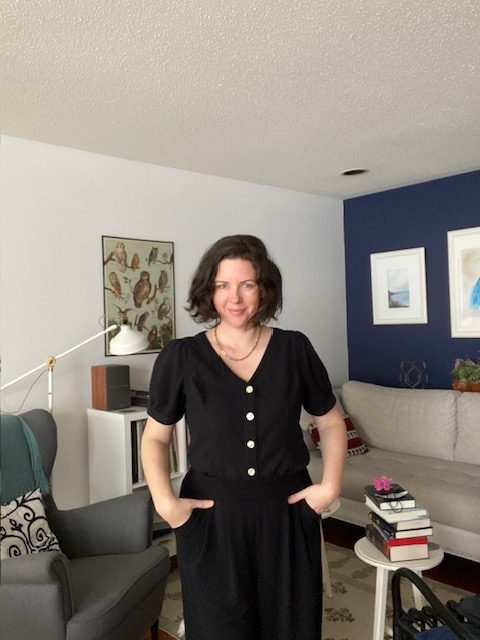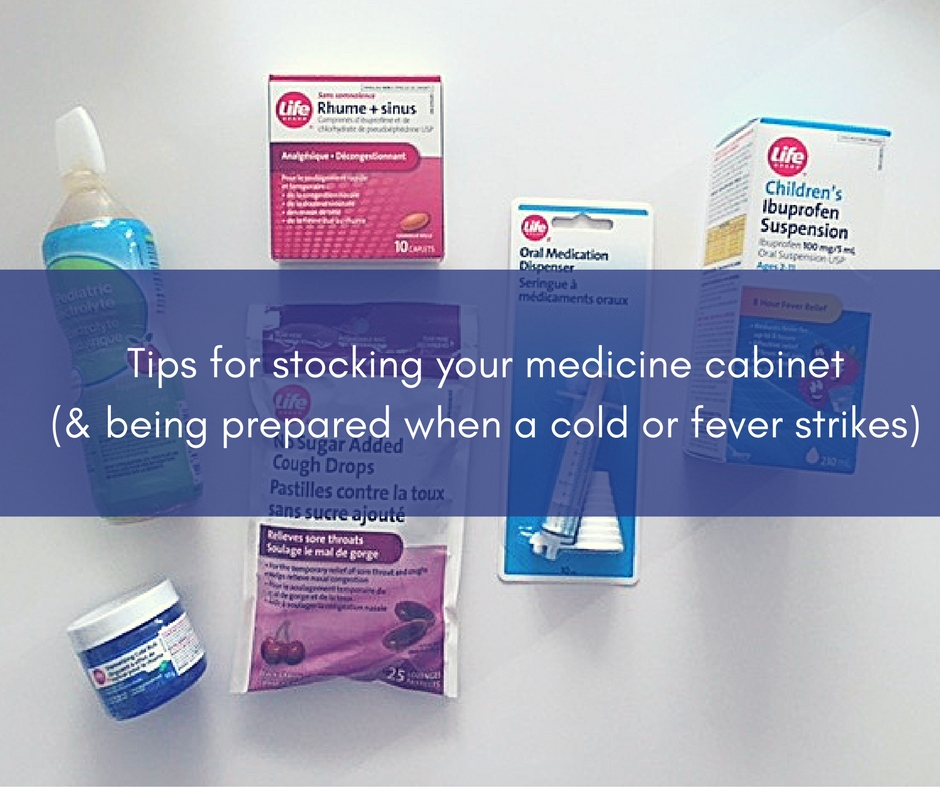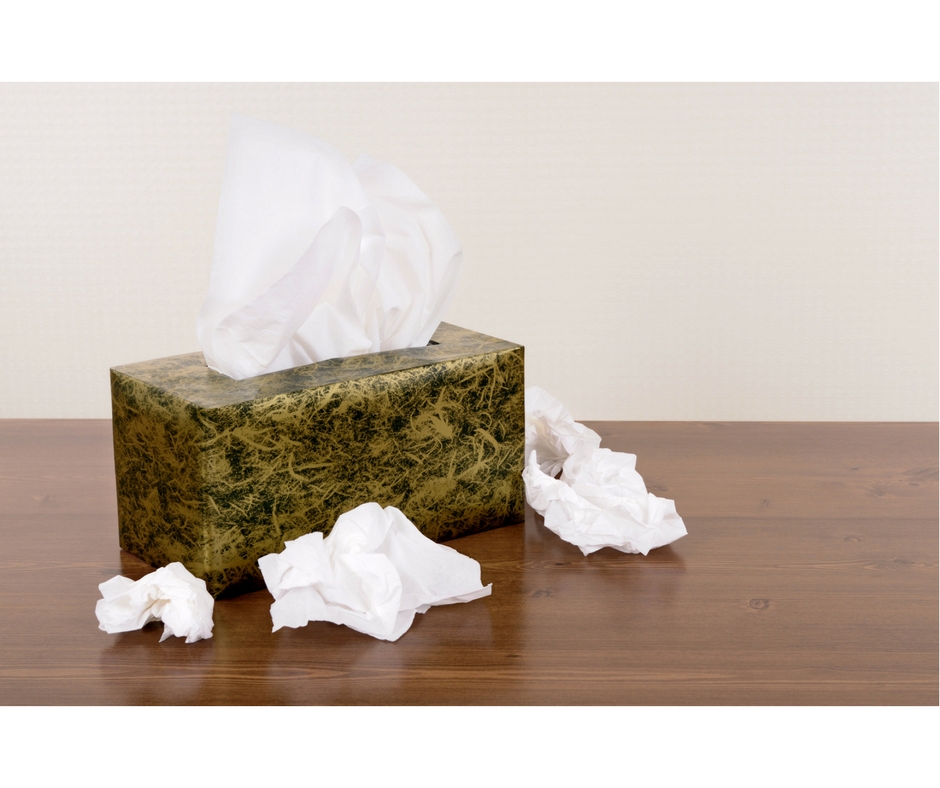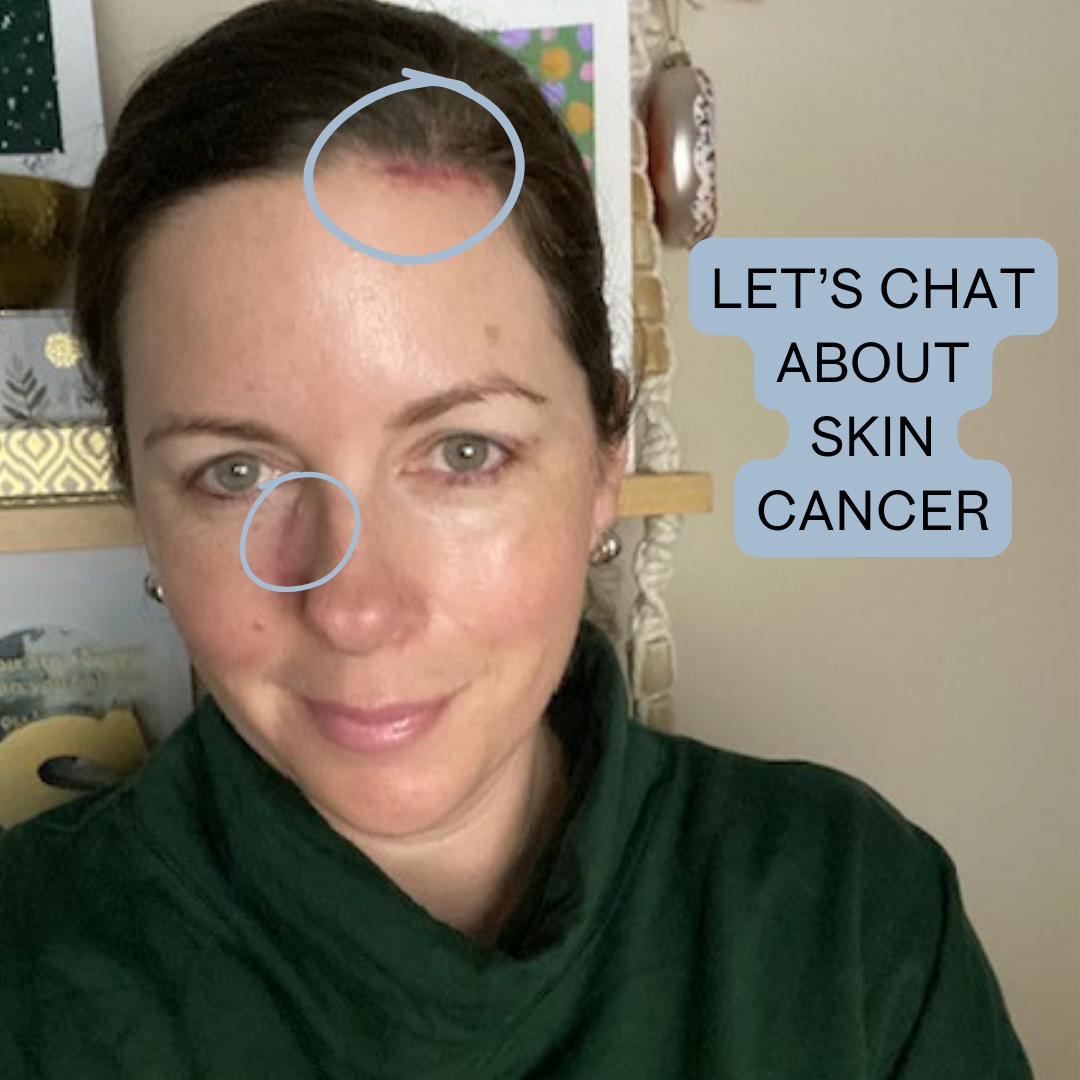
Let’s Chat Skin Cancer: My Story
*Content warning: please note this article discusses surgery and healing and medical concerns. There is a photo of bandages during healing.
“You’ll trade cancer for a scar” I was told. It was a fair trade.
In May 2023 I had an appointment with a dermatologist after a few months of waiting. The appointment happened to be the day after my dad’s celebration of life service, but given how I a) thought the spot on my forehead was really going to be nothing b) appointments have long waits and I didn’t want to cancel, I kept it.
It didn’t take the dermatologist long to tell me he suspected that the spot was cancer and he took a biopsy to confirm it.
Let’s pause this story to say the important part – I am ok, and I will be ok. This kind of skin cancer is the most common, and treatable. More on that in a bit. But I wanted to add this disclaimer.
Back to May – my head was spinning. I just kept repeating, outloud, over and over ‘will I be ok?’ (the doctor kept repeating that yes, I would be. I would not die from this) but I barely heard anything.
I kept thinking about having to tell my kids I have cancer after the year they had just been through as my dad had a different cancer and passed away. We were still in the early stages of grief. My cancer wasn’t deadly. But it was scary.
What happened next would be months of scheduling new apointments and eventually surgery. My doctor, as always, is amazing and patient while guiding me through this.
What began as one spot on my forehead ended up being four spots in total after additional appointments and more checks: One on my cheek near my nose, one on my scalp, one on my back and the forehead spot that began it all.
All were Basal Cell Carcinoma – the most common type of skin cancer (curable, removable). Although each seemed to have a slight variety subtype, and EACH of the four spots looked different from one another (sigh), it was still BCC.
The biggest issue with two subtypes was the potential to go deeper than others, making removal a bit tricky (and possibly more scarring). Neither did that.
One of the first questions I was asked is if I use a tanning bed. Never in my life. This doesn’t mean you’ll for sure get skin cancer if you used them, but they significantly increase the risk.
Sun exposure increases risk (admittedly, I’ve been a sunscreen lover since my teens and do cover up) but again, the risk is there. Especially for those of us of a certain age who would have had less protection when we were younger – it wasn’t like now when we lather ourselves and our kids with sunscreen.
The reality is, it happens. Although as the doctors kept telling me, I was young to have so many.
Note: I have rashguards, sunscreen, and avoid the sun. I have done this for decades, but now, I have to be even more careful.
Once diagnosis happens, the next steps begin.
With facial spots, there is a surgery called MOHS surgery. It’s a day-long surgery where you don’t leave until the cancer is gone. It’s a long day, but it’s done with a lot of precision with only small parts of your skin removed at a time to reduce scarring. My two spots that are visible are healing so nicely!
The other spots are done with plastic surgery. The cancer removed, the tested and within a couple weeks you know if it’s fully gone. Scars may be a bit bigger because the margins taken are a bit greater.
I ended up with MOHS surgery on the two spots on my face in November, 6 months to the day of my first dermatology appointment. I feel I got in then because I called to put myself on a cancellation list.
The spot on my cheek had been there for years. YEARS. And it hadn’t been a concern until I asked, at a new appointment in October at the dermatologist to look at more spots, to have it checked. The worry with waiting, although BCC is slow growing, is that the subtype this was had the potential spider out and dig in a bit deeper. Fortunately, this was removed during MOHS in one go.
The spot on my forehead took two tries during that day but both were a success. Recovery was about a week – day 1 and 2 mostly involved sleep, day 3 and 4 were the worst for swelling, and then I took it easy.
While at my MOHS surgery, I asked about a spot on my scalp. It had been irritated, and at times itchy. She wasn’t too concerned but we biopsied it. It would come back positive in about a week.
Within two weeks of of my MOHS surgery, I had the appointment for my back spot scheduled with a plastic surgeon. The wait was much quicker than MOHS so after finding the back spot in October (when we confirmed my cheek spot), we made the back appointment.
In between MOHS and the back surgery appointment, the scalp was confirmed as BCC. I could wait months for MOHS again in that area, or add it to my plastic surgery appointment. I choose the latter.
At first, they weren’t sure on the day of my back spot appointment that both could be done. The scalp spot was on my right side, the back on my left, so lying and healing would be more uncomfortable. I wanted it all done and we all made it work.
On December 21, I had stitches from my back removed and continued to heal during the holidays.
(note: The scar on my back was beautifully operated on, but my body decided it was MAD about it. I just thought it was healing the way it would heal but turns out, it was abnormal. Hypertrophic scarring is what happened – I produced TOO much scar tissue. Like Wolverine I guess 😉 I flagged it to the surgeon and we are managing it. It could be operated on to fix the appearance but I won’t bother.)
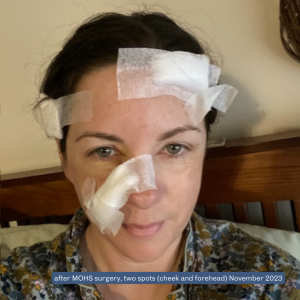
More Surgery, for a third time
Before the New Year, MyChart told me that the scalp spot wasn’t quite all gone. I would need more surgery.
A quick January appointment was made again (honestly, the surgeons and staff for everything at both places were beyond amazing) and this time, I wouldn’t leave until we confirmed the cancer on my scalp was gone.
Three surgeries, and four spots later, I have some scars that area healing so well. They sting and itch sometimes, a slight reminder about what the past 10 months has been like.
I now wait for additional appointments to check some new spots. This will be ongoing in my future.
But getting an appointment is not easy and the wait is long, yes, even if you have previous history (note, this may be specific for BCC, melonoma requires faster action!)
I live for sunscreen and rashguards, something I have done for years, but now I’ll be even more cautious.
I have healed well, taken care of by my family and friends – Andy and the kids were nothing but amazing during it all.
I should note, in case someone is reading this in prep for their own surgery, the surgeries weren’t painful. Uncomfortable yes, but not painful thanks for freezing. But the best way to describe them is that they can feel traumatic in their own way though. As ‘easy’ as things went, I hope to not have to do it again.
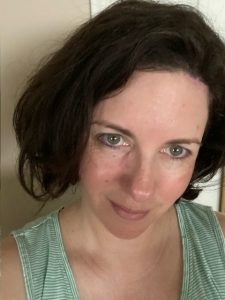
What did my spots look like?
Google only got me so far when trying to figure out my spots. As I mentioned, they all looked different. The biggest red flag I would say? A NEW spot.
But new spots aren’t all cancerous, and any one who is aging gets new spots sometimes it seems. But NEW and different is a red flag.
Bleeding or itchy, red flag. Unable to heal and stay healed, red flag. The one on my cheek never grew, never changed, but it was slighly pearly. Red flag in the end.
The one on my back I don’t think I saw. Andy saw it. It literally appeared between diagnosis of my forehead and my cheek (brand new!) so it got checked at the appointment for the latter. He said it was red, more like my forehead and ‘odd’ so he flagged it for me.
This is just what I had with my BCC.
There are different things to look for with melanoma too. Read this for more info about what to look for with all types of skin cancer.
If you have a partner or someone you trust to check over you every so often, I recommend it. I wouldn’t have really paid attention to the one on my back until Andy saw it and pointed it out.
Take photos. My camera roll is a weird storage space of spots all over me but it helps to document and see change.
Please ditch the tanning beds if they are still a thing. Grab the SPF (I’m always happy to share my faves!) and cover up if possible.
What to do if you aren’t sure about a spot
Ask your doctor as a starting point, and if it changes, bleeds, itches or you’re just worried, insist on a referral to a dermatologist. In Ontario, that’s the only way to see one – referall from a family doctor – unless you find a private option.
In Ottawa, from time to time, the Derm clinic I went to has a fundraiser (to increase the MOHS surgery availability) and you can do a drop in spot check.
I’m ok, and will be ok. But this experience wasn’t exactly fun. It’s hard.
When I was nervous, scared and confused, I searched for answers on the internet. So if this is how you found this post, I hope it helps a bit.
